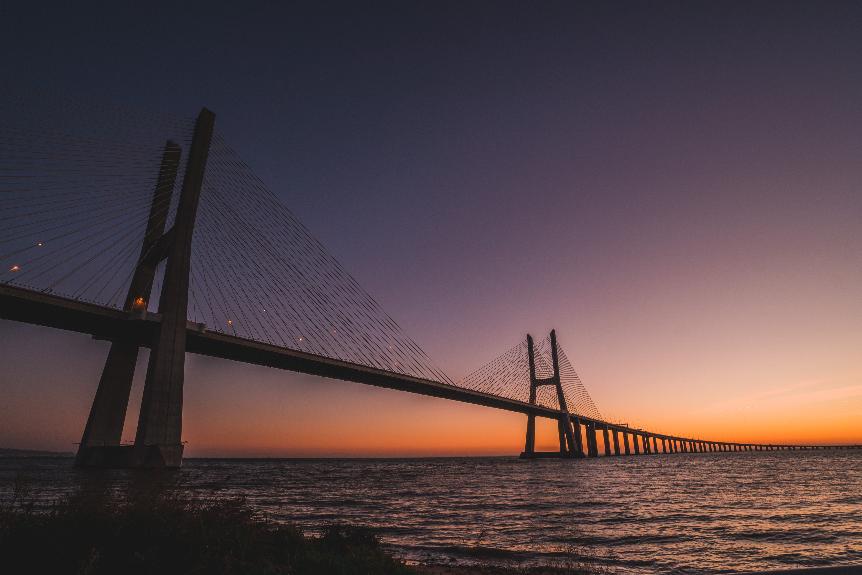No products in the cart.

Do you want to dive into the mesmerizing world of Synthwave and Vaporwave and uncover the hidden connection between the two?
Look no further! In this article, we'll take you on a thrilling journey through the origins, key elements, and evolution of Synthwave, exploring its profound influence on the enigmatic Vaporwave genre.
Get ready to discover the captivating synergy between these two musical movements and gain a deeper understanding of their unique sonic landscapes.
Let's dive in!
To understand the origins of Synthwave, you need to explore its roots in the 1980s electronic music scene. Synthwave emerged as a genre that pays homage to the soundtracks of 80s movies, video games, and television shows. It captures the essence of that era, characterized by pulsating synths, driving basslines, and nostalgic melodies.
Synthwave's cultural significance lies in its ability to transport listeners back to a time of neon-lit streets, VHS tapes, and arcade games. It taps into the collective nostalgia for the 80s, offering a sense of escapism and a connection to the past.
Emerging Synthwave artists are bringing this genre into the mainstream, infusing it with modern production techniques and pushing the boundaries of its sonic landscape. Their innovative approach ensures that Synthwave continues to evolve and captivate audiences, solidifying its place in contemporary music.
When examining the key elements of Synthwave, it is important to understand the distinct characteristics that define this genre. Synthwave is known for its retro aesthetics and its heavy use of electronic instruments. The genre draws inspiration from 80s pop culture, sci-fi movies, and video games, creating a nostalgic and futuristic atmosphere. To evoke an emotional response in the audience, let's take a look at the following table:
| Key Elements | Description | Example Artists |
|---|---|---|
| Synthesizers | Synthwave heavily relies on synthesizers to create its signature sound. | Kavinsky, Com Truise |
| Drum Machines | The use of drum machines gives Synthwave its distinct rhythmic patterns. | Miami Nights 1984, FM-84 |
| Retro Soundscapes | Synthwave often incorporates retro soundscapes, such as analog synthesizer sounds and VHS tape effects. | Perturbator, Carpenter Brut |
These key elements contribute to the unique and captivating nature of Synthwave, transporting listeners back to a nostalgic era while embracing cutting-edge electronic music.
As you explore the connection between Synthwave and Vaporwave, it's important to understand the evolution of the Synthwave sound. Synthwave has undergone significant changes since its inception, adapting to the ever-changing musical landscape while still maintaining its core retro-futuristic aesthetics.
Here are five key aspects of the evolution of Synthwave:
How do different genres and eras contribute to the influences on Synthwave music? Synthwave music draws heavily from the nostalgia of the 1980s, evoking the sounds and aesthetics of that era. It is a genre that pays homage to the synth-driven soundtracks of retro sci-fi and action movies. However, Synthwave also incorporates elements from various other genres, blending them together to create its unique sonic palette. The table below highlights some of the key influences on Synthwave music:
| Genres/Eras | Influence on Synthwave Music |
|---|---|
| 1980s Pop | Catchy melodies and upbeat rhythms |
| New Wave | Synthesized sounds and electronic beats |
| Italo Disco | Energetic dancefloor grooves |
| Heavy Metal | Aggressive guitar riffs and powerful solos |
| Electronic | Experimental sounds and futuristic vibes |
In addition to genres, technology also plays a crucial role in shaping Synthwave music. The advancements in synthesizers, drum machines, and recording equipment allow artists to recreate the retro sound accurately. The use of vintage equipment and analog recording techniques adds an authentic touch to the music, enhancing the nostalgic experience for listeners.
The impact of Synthwave on Vaporwave is evident in the incorporation of nostalgic synth sounds and retro aesthetics. Synthwave, with its roots in 1980s electronic music and film scores, has had a profound influence on the development of Vaporwave as a genre.
Here are five ways in which Synthwave has shaped Vaporwave:
The influence of Synthwave on Vaporwave is undeniable, shaping both its sound and visual aesthetics, while also contributing to its cultural significance and exploration of nostalgia.
To understand how the synthwave genre gained popularity outside of its underground beginnings, you need to explore the evolution of its sound and the impact of social media. Let's dive in!
Are there specific subgenres within the synthwave genre? Yes, there are. Two notable subgenres are darkwave and dreamwave. These subgenres add unique elements to the synthwave sound and offer listeners a diverse range of musical experiences.
Some notable artists or bands that have contributed to the growth of synthwave include Kavinsky, The Midnight, and Perturbator. Their collaborations and the influence of 80s movies and aesthetics have shaped the genre's development.
Over time, the sound of synthwave has evolved due to advancements in music technology. Digital synthesizers have had a significant impact, allowing for new sounds and textures that define the genre.
Get excited, synthwave fans! The genre is evolving with upcoming trends. It's blending with other genres, creating fresh sounds. Plus, live instruments are being incorporated, adding a new level of energy. Stay tuned for the future of synthwave!
